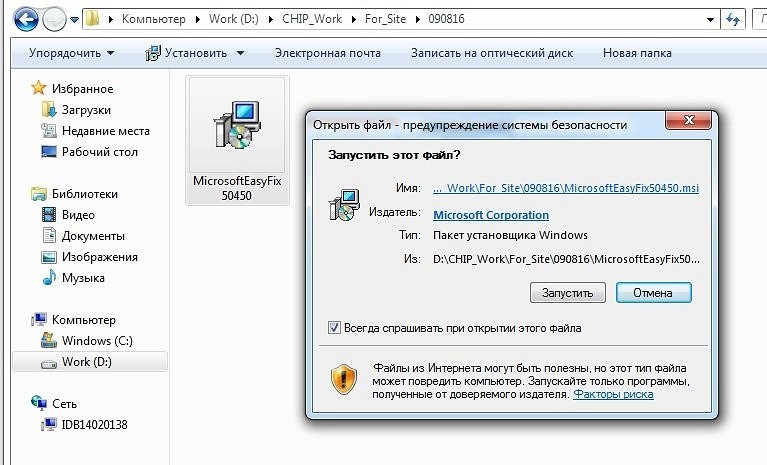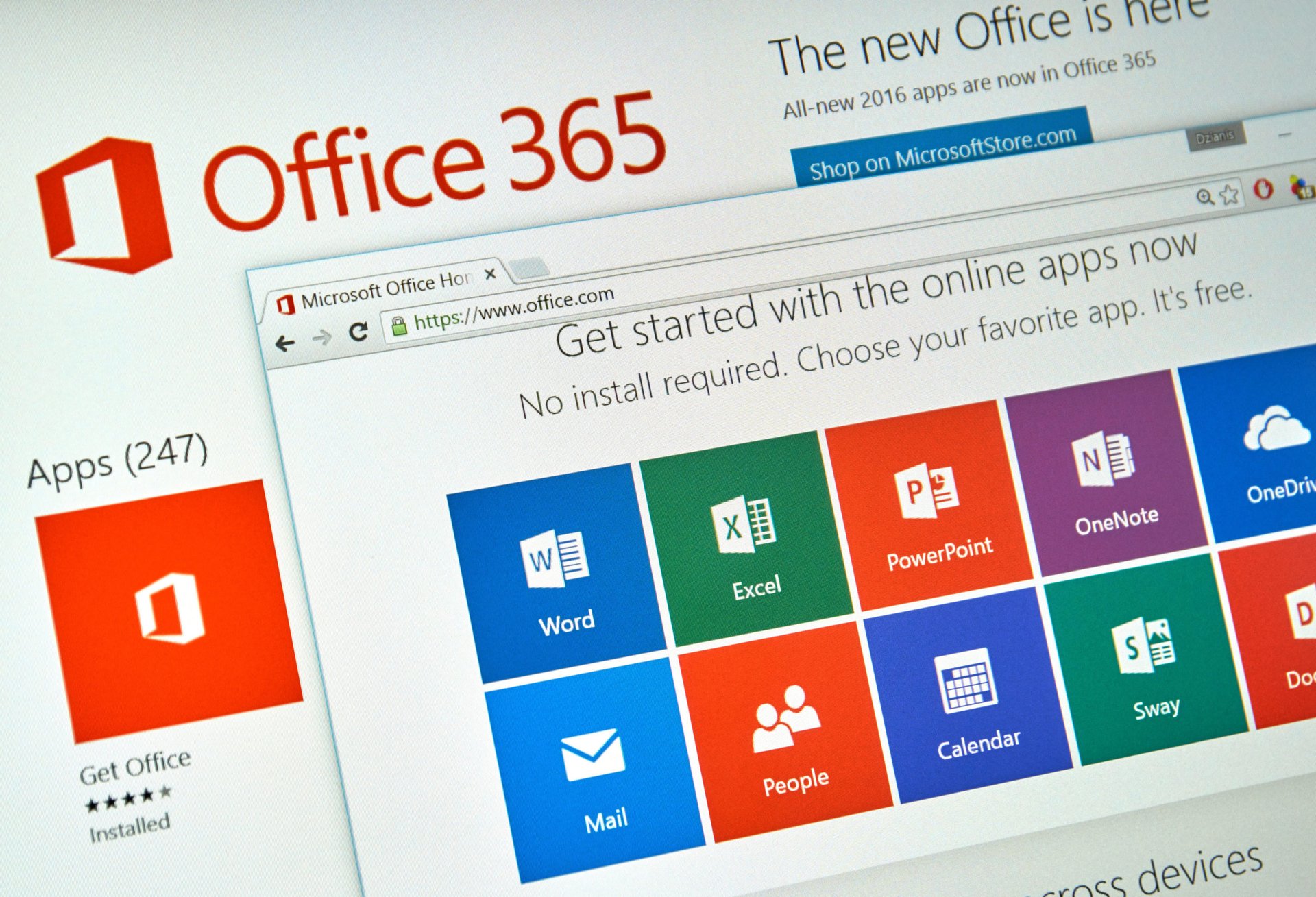Microsoft Office comes with tonnes of features (some suited to more advanced use, such as Word’s References menu which helps you write in an academic format). This can make Office seem a little.
- Microsoft To Do is a simple and intelligent to-do list that helps you manage all your tasks in one place. You can work through your tasks for the day in My Day and create any number of additional lists to organize your work, groceries, travel, shopping, movies to watch - you get the idea! In each list you can add as many tasks as you like. Keep everything on track by setting due dates and reminders for each.
- Microsoft To Do.
Important

The improved Microsoft 365 security center is now available. This new experience brings Defender for Endpoint, Defender for Office 365, Microsoft 365 Defender, and more into the Microsoft 365 security center. Learn what's new.
Applies to
This article describes how to update an Domain Name Service (DNS) record so that you can use Sender Policy Framework (SPF) email authentication with your custom domain in Office 365.
Using SPF helps to validate outbound email sent from your custom domain. It's a first step in setting up other recommended email authentication methods DMARC and DKIM (two further email authentication methods supported in Office 365).
Prerequisites
Important

If you are a small business, or are unfamiliar with IP addresses or DNS configuration, call your Internet domain registrar (ex. GoDaddy, Bluehost, web.com) to ask for help with DNS configuration of SPF (and any other email authentication method). Also, if you haven't bought, or don't use a custom URL (in other words the URL you and your customers browse to reach Office 365 ends in onmicrosoft.com), SPF has been set up for you in the Office 365 service. No further steps are required in that case. Thanks for reading.
Before you create or update the SPF TXT record for Office 365 in external DNS, you need to gather some information needed to make the record. For advanced examples and a more detailed discussion about supported SPF syntax, see How SPF works to prevent spoofing and phishing in Office 365.
Gather this information:
The current SPF TXT record for your custom domain, if one exists. For instructions, see Gather the information you need to create Office 365 DNS records.
Go to your messaging server(s) and find out the External IP addresses (needed from all on-premises messaging servers). For example, 131.107.2.200.
Domain names to use for all third-party domains that you need to include in your SPF TXT record. Some bulk mail providers have set up subdomains to use for their customers. For example, the company MailChimp has set up servers.mcsv.net.
Figure out what enforcement rule you want to use for your SPF TXT record. The -all rule is recommended. For detailed information about other syntax options, see SPF TXT record syntax for Office 365.
Important
In order to use a custom domain, Office 365 requires that you add a Sender Policy Framework (SPF) TXT record to your DNS record to help prevent spoofing.
Create or update your SPF TXT record
- Ensure that you're familiar with the SPF syntax in the following table.
| Element | If you're using... | Common for customers? | Add this... |
|---|---|---|---|
| 1 | Any email system (required) | Common. All SPF TXT records start with this value | v=spf1 |
| 2 | Exchange Online | Common | include:spf.protection.outlook.com |
| 3 | Exchange Online dedicated only | Not common | ip4:23.103.224.0/19ip4:206.191.224.0/19ip4:40.103.0.0/16include:spf.protection.outlook.com |
| 4 | Office 365 Germany, Microsoft Cloud Germany only | Not common | include:spf.protection.outlook.de |
| 5 | Third-party email system | Not common | include:<domain_name><domain_name> is the domain of the third party email system. |
| 6 | On-premises email system. For example, Exchange Online Protection plus another email system | Not common | Use one of these for each additional mail system:
<IP_address> and <domain_name> are the IP address and domain of the other email system that sends mail on behalf of your domain. |
| 7 | Any email system (required) | Common. All SPF TXT records end with this value | <enforcement rule> This can be one of several values. We recommend the value |

If you haven't already done so, form your SPF TXT record by using the syntax from the table.
For example, if you are fully-hosted in Office 365, that is, you have no on-premises mail servers, your SPF TXT record would include rows 1, 2, and 7 and would look like this:
This is the most common SPF TXT record. This record works for just about everyone, regardless of whether your Microsoft datacenter is located in the United States, or in Europe (including Germany), or in another location.
However, if you have purchased Office 365 Germany, part of Microsoft Cloud Germany, you should use the include statement from line 4 instead of line 2. For example, if you are fully-hosted in Office 365 Germany, that is, you have no on-premises mail servers, your SPF TXT record would include rows 1, 4, and 7 and would look like this:
If you're already deployed in Office 365 and have set up your SPF TXT records for your custom domain, and you're migrating to Office 365 Germany, you need to update your SPF TXT record. To do this, change
include:spf.protection.outlook.comtoinclude:spf.protection.outlook.de.Once you have formed your SPF TXT record, you need to update the record in DNS. You can only have one SPF TXT record for a domain. If an SPF TXT record exists, instead of adding a new record, you need to update the existing record. Go to Create DNS records for Office 365, and then click the link for your DNS host.
Test your SPF TXT record.

How to handle subdomains?
It is important to note that you need to create a separate record for each subdomain as subdomains don't inherit the SPF record of their top level domain.
An additional wildcard SPF record (*.) is required for every domain and subdomain to prevent attackers from sending email claiming to be from non-existent subdomains. For example:
Troubleshooting SPF
Having trouble with your SPF TXT record? Read Troubleshooting: Best practices for SPF in Office 365.

What does SPF email authentication actually do?
SPF identifies which mail servers are allowed to send mail on your behalf. Basically, SPF, along with DKIM, DMARC, and other technologies supported by Office 365, help prevent spoofing and phishing. SPF is added as a TXT record that is used by DNS to identify which mail servers can send mail on behalf of your custom domain. Recipient mail systems refer to the SPF TXT record to determine whether a message from your custom domain comes from an authorized messaging server.
For example, let's say that your custom domain contoso.com uses Office 365. You add an SPF TXT record that lists the Office 365 messaging servers as legitimate mail servers for your domain. When the receiving messaging server gets a message from joe@contoso.com, the server looks up the SPF TXT record for contoso.com and finds out whether the message is valid. If the receiving server finds out that the message comes from a server other than the Office 365 messaging servers listed in the SPF record, the receiving mail server can choose to reject the message as spam.
Also, if your custom domain does not have an SPF TXT record, some receiving servers may reject the message outright. This is because the receiving server cannot validate that the message comes from an authorized messaging server.
If you've already set up mail for Office 365, then you have already included Microsoft's messaging servers in DNS as an SPF TXT record. However, there are some cases where you may need to update your SPF TXT record in DNS. For example:
Previously, you had to add a different SPF TXT record to your custom domain if you were using SharePoint Online. This is no longer required. This change should reduce the risk of SharePoint Online notification messages ending up in the Junk Email folder. Update your SPF TXT record if you are hitting the 10 lookup limit and receiving errors that say things like, 'exceeded the lookup limit' and 'too many hops'.
If you have a hybrid environment with Office 365 and Exchange on-premises.
You intend to set up DKIM and DMARC (recommended).
More information about SPF
For advanced examples, a more detailed discussion about supported SPF syntax, spoofing, troubleshooting, and how Office 365 supports SPF, see How SPF works to prevent spoofing and phishing in Office 365.
Links to configure DKIM and DMARC
Microsoft To Do App For Desktop
SPF is designed to help prevent spoofing, but there are spoofing techniques that SPF can't protect against. To defend against these, once you've set up SPF, you should configure DKIM and DMARC for Office 365.
DKIM email authentication's goal is to prove the contents of the mail haven't been tampered with.
Microsoft Office To Do Template
DMARC email authentication's goal is to make sure that SPF and DKIM information matches the From address.
